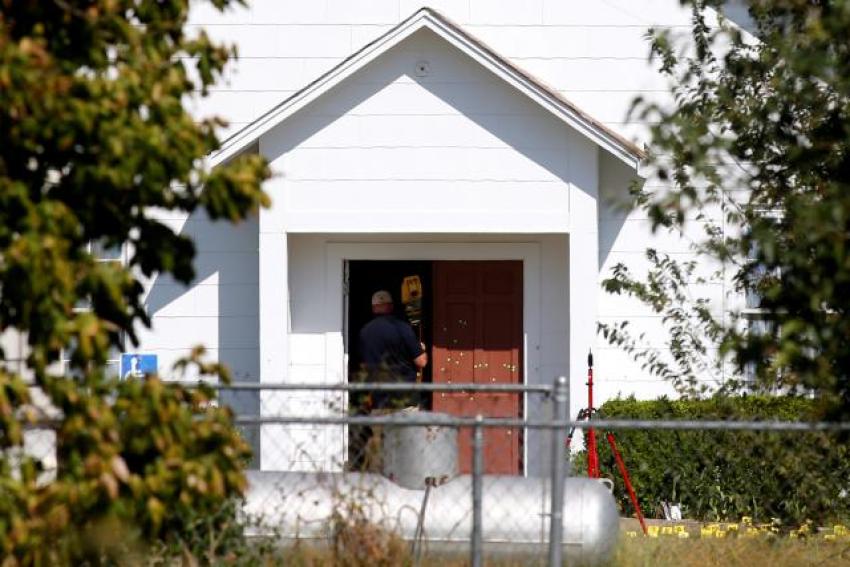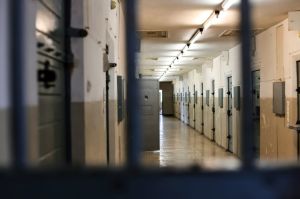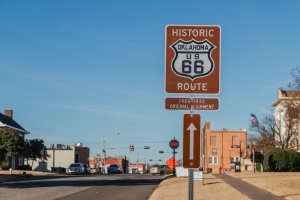New Homeland Security guide aims to help churches protect themselves

The U.S. Department of Homeland Security has released a guide to help churches enhance security for their sanctuaries as attacks on houses of worship appear to be on the rise.
Released on Wednesday, the “Physical Security Performance Goals for Faith-Based Communities” document provides a set of security practices that congregations can implement geared toward providing “the right balance between security and accessibility.”
The DHS guide is divided into five categories: “Identify,” “Protect,” “Detect,” “Respond” and “Recover.”
The “Identify” section looks at topics like selecting a security team for the congregation and identifying risks, such as awareness of potential threats or vulnerabilities.
The “Protect” section focuses on improving security measures and surveillance technology on church properties and creating partnerships with local police.
The “Detect” section promotes “situational awareness training” to detect potential threats and encourage congregants to report problematic behavior.
The “Respond” section discusses “comprehensive response plans” and implementing a communication system for emergencies that gives notifications in a timely manner.
The “Recover” section informs institutions about assessing damages when an incident occurs, creating a proper timetable for when services can resume and reviewing incident responses.
DHS Secretary Alejandro Mayorkas said in a statement that the department is “committed to protecting every American’s right to live, express, and worship their faith freely and in safety.”
“The physical security performance goals we are releasing today provide churches, synagogues, mosques, and other faith-based institutions with cost-effective, accessible, and readily implementable strategies to enhance their security and reduce the risk to their communities,” stated Mayorkas.
“I strongly urge all faith-based institutions to take advantage of this new resource and incorporate the security practices it outlines.”
Ako Cromwell, director of Global Security with the African Methodist Episcopal Church, called the new guide “a clear, concise, and convenient tool that is outstanding for any religious organization seeking to establish performance goals and protocols for response.”
“While it is particularly useful for those of us in the faith-based community, the fundamentals delineated in this product are applicable across the spectrum for security professionals,” Cromwell added.
“As always, we are most grateful to President Biden, Secretary Mayorkas, and all our Department of Homeland Security partners for their tireless efforts to keep us informed and secure.”
The DHS guide comes amid multiple reports that attacks on houses of worship — from vandalism of property to attempted mass shootings — are on the rise in the United States.
Last December, the social conservative activist group the Family Research Council released a report that found that there had been at least 400 attacks against churches in the U.S. since 2018.
This number included 54 incidents of hostility against churches in 2020, 96 incidents against churches in 2021, and 137 incidents between January and September of 2022.
In April, FRC released a supplemental report documenting nearly 70 acts of vandalism against churches during the first three months of 2023, an increase compared to past years.
In May, DHS released a National Terrorism Advisory System Bulletin warning that the 2024 election cycle has created “a heightened threat environment” in which “targets of potential violence include US critical infrastructure, faith-based institutions, individuals or events associated with the LGBTQIA+ community, schools, racial and ethnic minorities, and government facilities and personnel, including law enforcement.”



























